2017 was a big year. We dedicated even more time researching solutions to create affordable housing in Cascadia and watched a few neighborhoods in Seattle adopt major upzones with affordability requirements. British Columbia expanded its existing carbon tax to cover more pollution and to raise its price. And the Thin Green Line only grew stronger. The continent’s largest oil-by-rail project proposal in Vancouver, Washington is on the cusp of rejection; key permits for the last remaining coal proposal in the Northwest have been denied; and Tacoma passed a moratorium prohibiting new fossil fuel development. We also pushed for electoral reform to create fair voting systems that better represent Cascadian voters.
And thanks to you, our readers and supporters, for putting our work to good use. Cheers to a new year and many more exciting wins in 2018!
Now let’s take a look back at the top articles of 2017:
10. Northwest Gas Projects Fuel the Fracking Beast
The Northwest is home to a range of project proposals to expand gas consumption. At first glance, they appear quite different from one another, but on closer inspection they can be seen as parts of a common beast: an ambitious Canadian fracking industry that sits atop huge gas reserves. Here’s a list of the proposed gas projects in the Northwest that would help drive the Canadian fracking industry.
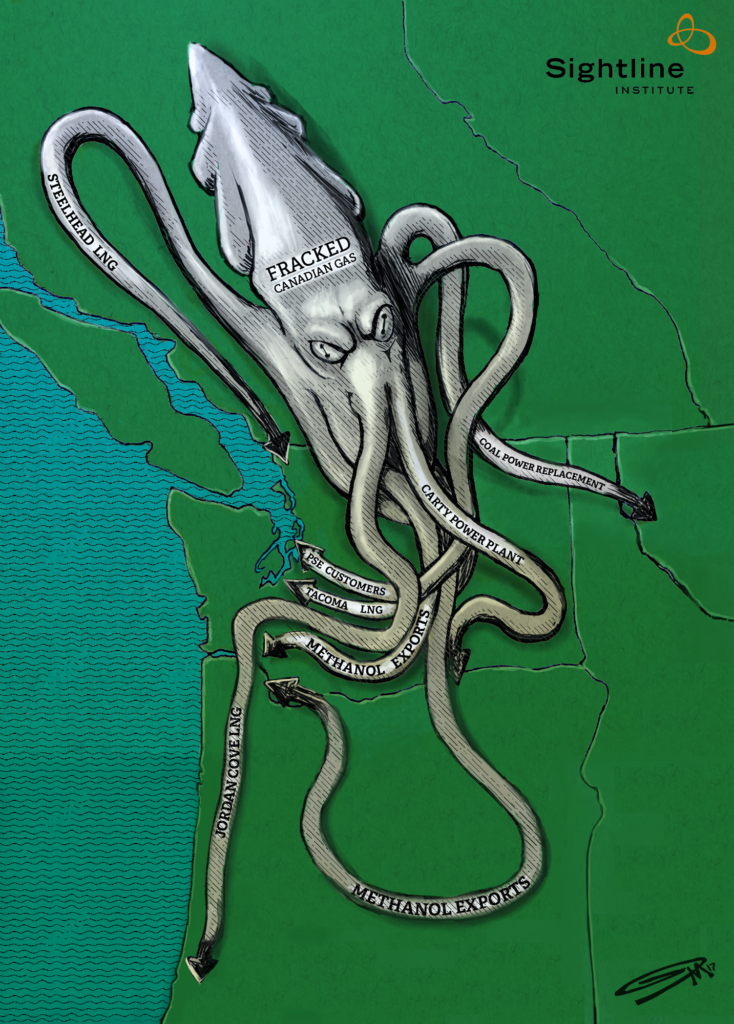
9. This Is How New Zealand Fixed Its Voting System
Changing to a more representative electoral system makes so much sense, and yet it can be such a heavy lift. But there is hope! Like Canada and the United States, the country of New Zealand once elected legislative representatives from single-member districts, with the expected majoritarian results: two-party politics and under-representation of women and people of color. But in the 1990s, voters opted to switch to a fairer electoral system called Mixed Member Proportional (MMP). Immediately, they saw a more diverse, representative parliament. The Kiwis can teach Cascadia a thing or two about democracy reform.
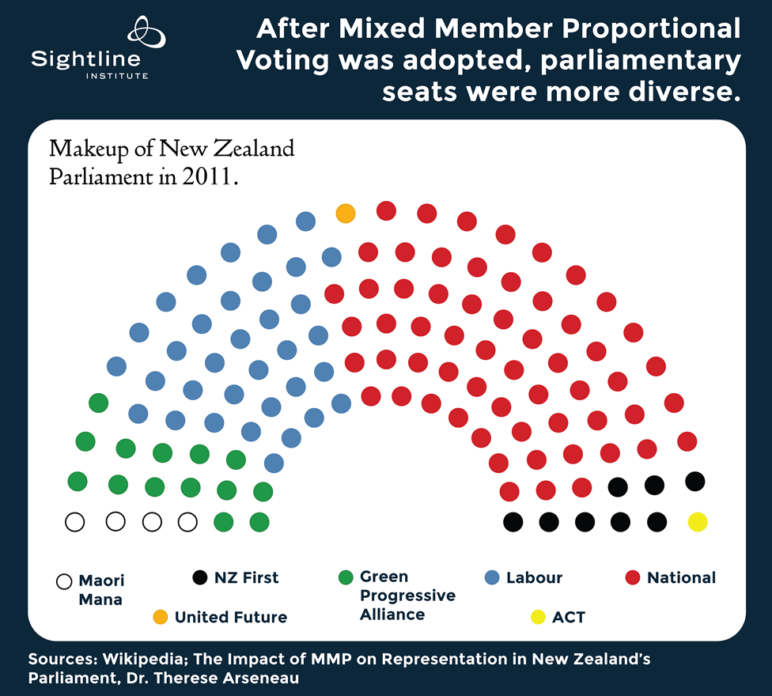
8. Why Seattle Builds Apartments, but Vancouver, BC, Builds Condos
Last year, the city of Vancouver, BC saw nearly 5,600 new condominium units sprout up along its skyline. Meanwhile, Seattle saw zero. This trend isn’t new. Why is Vancouver building condos, while Seattle builds apartments? Learn more about what’s behind these housing market trends in each city, and what can be done to encourage Seattle’s condo market and Vancouver’s rental production here.
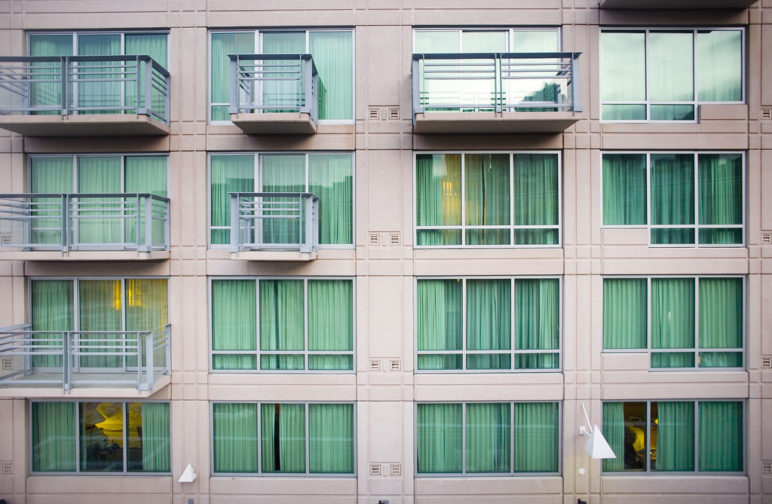
7. Over 300 Places in the United States Have Used Fair Voting Methods
Regardless of whether the candidates you voted for won this year, our voting systems ensure that we will almost always be dissatisfied with the results. Single-winner, plurality voting stifles racial, ethnic, gender, and ideological diversity in our elected officials. The good news is that it doesn’t have to be this way.
Our interactive map shows over 300 places in 30 states across the United States that have used a fair voting system that better represents voters’ values and opinions.
6. How Northwest Communities Are Stopping Fossil Fuel Projects Before They Start
Local governments are making the Thin Green Line—the Northwest’s opposition movement to coal, oil, and gas exports—a reality. These Northwest governments are using their powers to secure a future free of the economic whiplash, environmental degradation, and the health and safety threats that are endemic to the fossil fuel industry. Here’s a look at the Northwest communities that are stopping the development of new fossil fuel projects before they even start.
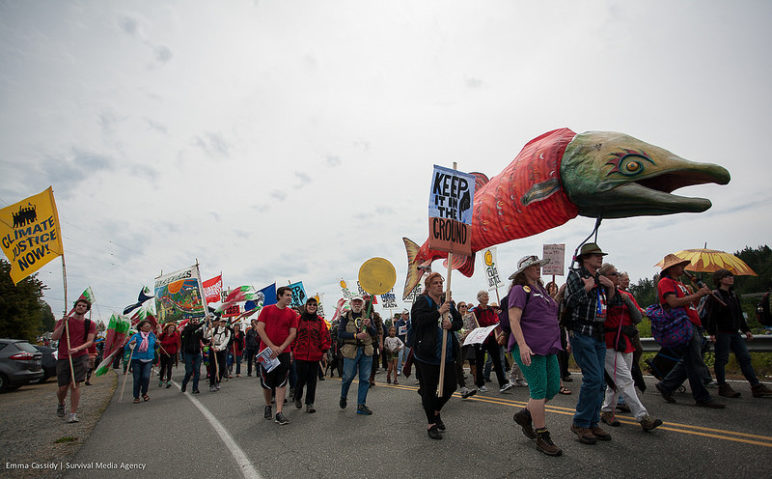
5. How to End Gerrymandering for Good
Do you believe that voters should choose their representatives, rather than politicians choosing their voters? Well, instead of gerrymandering, drawing multi-winner districts and using a fair voting method can give more voters a voice. Here’s how to end gerrymandering for good.

4. Of Cascadia’s Big Cities, Who’s Tops in Bikeways?
It only takes a few minutes talking to transport honchos in Portland, Seattle, and Vancouver, BC, to get a sense of the intense, if friendly, competition among their cities to be king of the cycling hill. But in many ways the three largest urban centers of Cascadia form one big, soggy petri dish of experimentation in bike infrastructure. Check out which city is leading the way here.

3. Mapping the Thin Green Line
Sightline has tracked Northwest fossil fuel transport developments since 2010 when the region saw its first proposal for large-scale coal exports. Since that time, Northwest communities have weathered coal, oil, and gas schemes. Yet, Cascadia has been resilient: tribes and First Nations, environmental advocates, and scores of others have defeated nearly ever project they’ve opposed.
In June, Sightline published an interactive map of the Northwest’s fight against dirty energy shipment schemes—the movement that Sightline calls the Thin Green Line. The map is designed to write the history of these controversies even as it tracks new and emerging threats to the region.
[fossil_fuel_map]
2. Video: Cruel Musical Chairs (or Why Is Rent So High?)
Why is rent so high? One reason is that there aren’t enough places to live. The explainer video below illustrates how the housing shortage pushes prices up and pushes people out. If there aren’t enough chairs when the music stops, someone is left out. When there aren’t enough homes for people who live and work in a city, everybody has to compete for what’s available.
To fix it, we need more homes in all shapes and sizes. More homes means more people can stay and thrive in their communities. It means more people can afford to live near jobs, great schools, and transit.
1. Yes, You Can Build Your Way to Affordable Housing
Prosperous, growing cities are all gripped by soaring rents and home prices. The good news is that cities around the world have been building their way to affordability for decades. In this year’s top article, Sightline’s executive director Alan Durning highlights lessons learned from unexpected places: Houston, Tokyo, Chicago, Montreal, Vienna, and more.
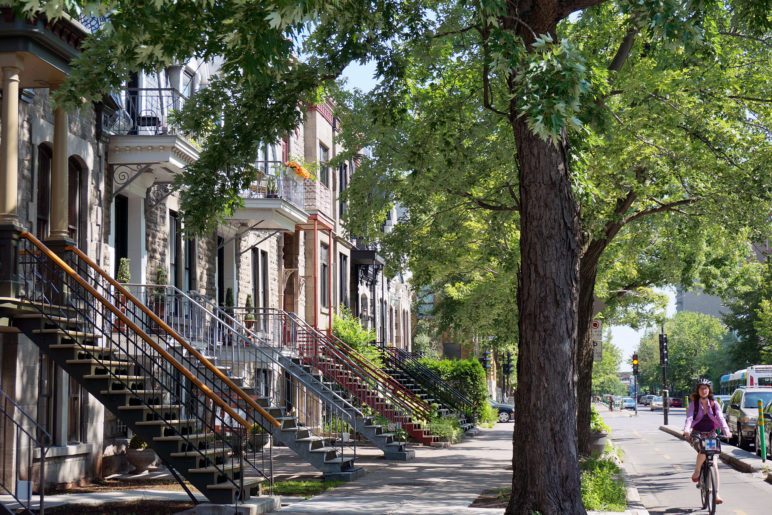


Comments are closed.